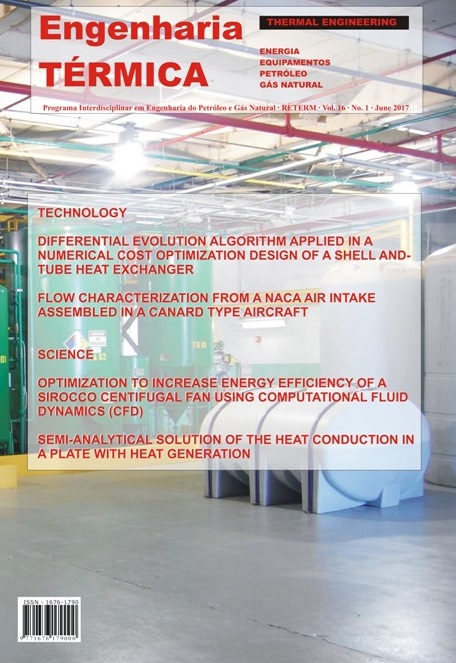AN APPROACH TO OPTIMISE THE SELECTION OF LNG CARRIERS’ PROPULSION SYSTEM
DOI:
https://doi.org/10.5380/reterm.v16i1.62189Keywords:
propulsion, dual-fuel engine, prime mover, optimisation, LNGAbstract
Marine transport of natural gas, mostly in its liquid phase, is of growing importance in the global energy markets. The fleet of liquefied natural gas carriers is thereby increasing and being upgraded to enhance its performance. Since there is no well-defined procedure about how to perform the selection of the propulsion system considering the peculiarities of this kind of vessel, this work intend to fill this gap. In other words, the present article aims to propose an approach so that one can perform the optimised selection of liquefied natural gas carriers’ propulsion system mainly concerning financial aspects. Firstly, some fundamentals about liquefied natural gas and its transport are presented followed by reasons why the traditional steam turbine propulsion plant was abandoned and dual- fuel diesel engines have been applied instead. Then, a list of criteria is discussed and studies that inspired this work are summarised. A case study of a ship with cargo capacity of 174,000 m3 operating between Lake Charles and Tokyo Bay via Panama Canal is selected. Owing to this route and environmental rules, the ship has to travel at three different levels of service speed unlike ordinary ones, which usually keep a steady speed throughout voyage. Maximising the net present value of the project is the objective function that is intended to be achieved by optimising eleven variables regarding synthesis, design and operation of the propulsion system. Finally, it is suggested that this work may assist marine engineers and ship-owners to design and outline the operation of liquefied natural gas carriers.
Downloads
Published
How to Cite
Issue
Section
License
Direitos Autorais para artigos publicados nesta revista são do autor, com direitos de primeira publicação para a revista. Em virtude da aparecerem nesta revista de acesso público, os artigos são de uso gratuito, com atribuições próprias, em aplicações educacionais e não-comerciais.



